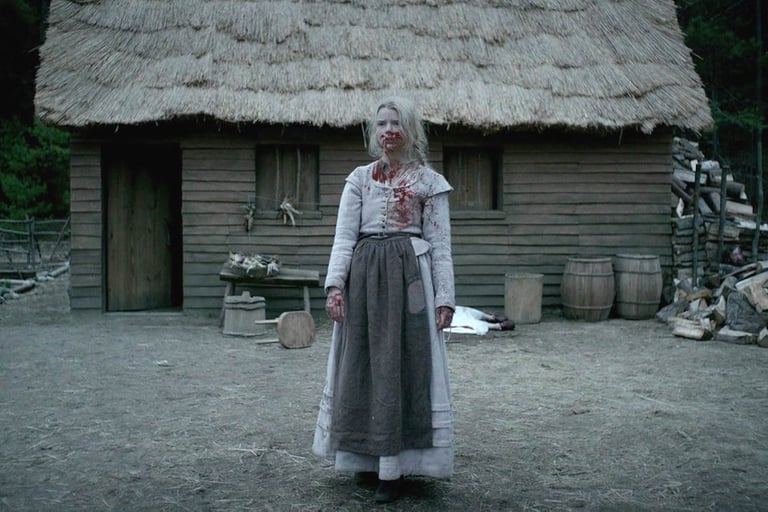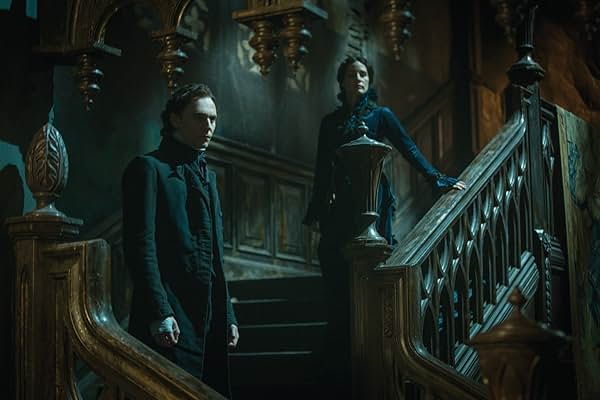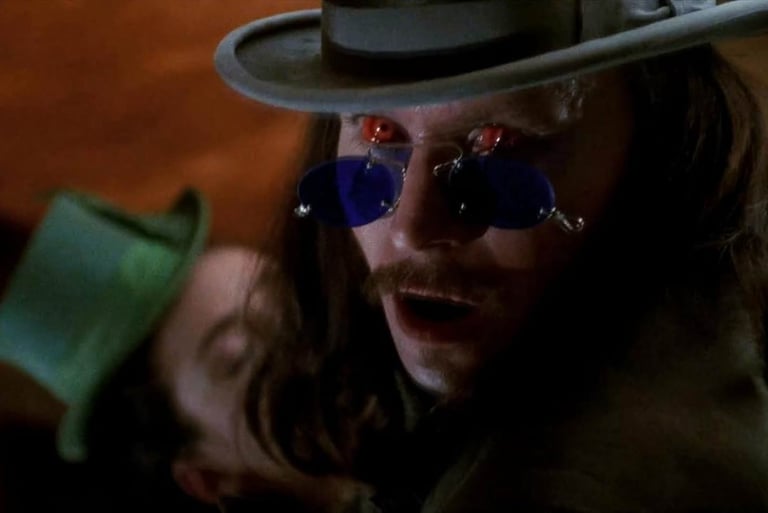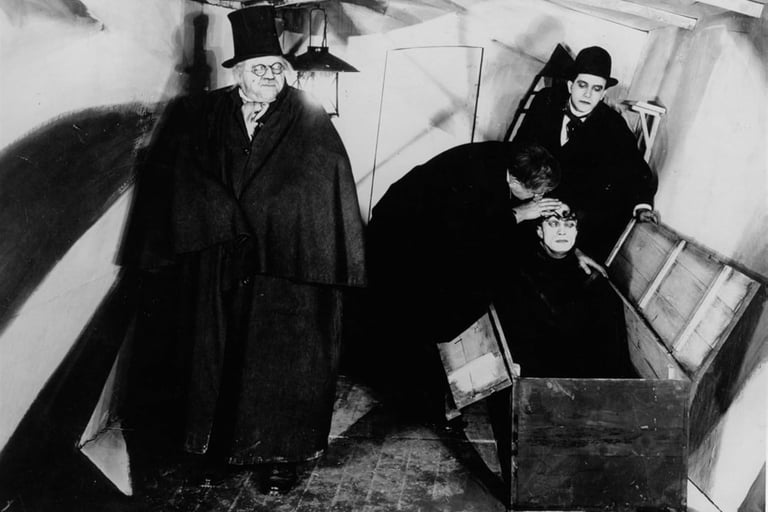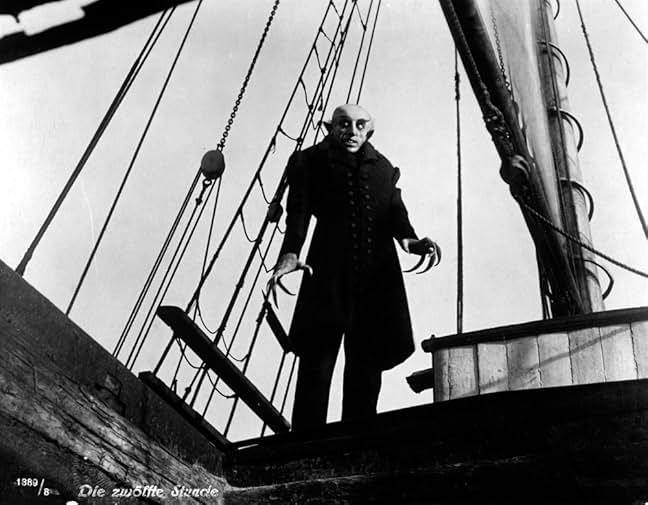5 Films to watch before the Nosferatu reboot
A modern king of horror, Robert Eggers' reboot of Nosferatu is set to hit cinemas in early 2025 with a star-studded cast. But how should you prepare for such an event? These films should set you up good and proper!
Amy James
8/31/20245 min read
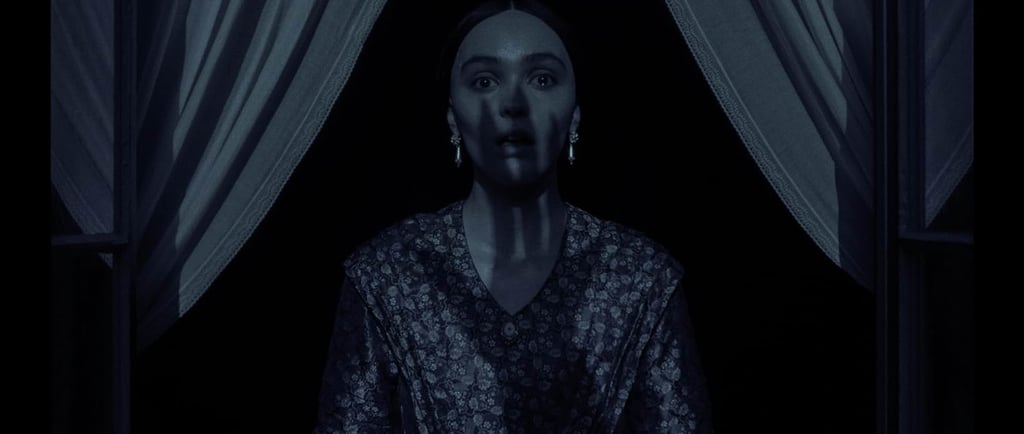

Robert Eggers has emerged in the last 10 years as being a pioneer of the controversially dubbed 'elevated horror' sub-genre. His films The Witch (2015) and The Lighthouse (2017) have both been heralded as bringing forth a new-wave of psychological horror that relies on atmosphere and screenplay excellence to evoke fear in its audiences, ultimately turning their back on many traditional horror tropes to achieve this. So the news that Eggers would be directing a reboot of the 1922 silent German Expressionist film Nosferatu came as little surprise to many avid horror-fans. His own style of utilising stark blacks and whites within his films, most notably The Lighthouse being set in black and white, positions him perfectly within the capabilities of a director set to do the original Nosferatu justice. Stills from the film and snippets of trailers have provided a glimpse into the sensory wonderland that Eggers has so carefully crafted, and provides solace to those worried their favourite vampire-flick would be butchered by a 21st-century director. With Eggers at the helm, no such thing may happen.
Not every film requires extensive research to be done before watching, however this might just be an exception. Understanding Eggers' own personal style, the subgenre within the film is likely to fall, and of course its own origins are all elements that will enhance any audience members appreciation of the film going into it. So, stick around and let's find out what films we're adding to our watchlists ahead of Nosferatu's release in 2025!
5- The Witch
Released in 2015, The Witch is a folk-horror film set against the backdrop of the 1600s within the parameters of New England. Anya Taylor-Joy stars at the eldest daughter of a Puritan family who are banished from their settlement due to religious disagreements, ultimately isolating them from civilised life. After their baby mysteriously vanishes, the family begins to suspect that the vast wilderness they live on the edge of may be hiding what is to blame. The story evolves through acts of possession, witchcraft, and the inescapable fear of sin.
Watching The Witch before Nosferatu is not a necessity, but more of a palate cleanser. It will give you an idea of what to expect before heading into a film that deals with similar supernatural entities, and how Eggers approaches the themes that naturally arise when exploring occult happenings in a filmic setting. Half an eye must be kept on the atmosphere of Nosferatu when remembering The Witch, as this film was the first real example of Eggers' having a particular penchant for the cold and brutalist colour palette and design of each shot. Without doubt, there will be more stark examples of contrasting colours and exaggerated shadows within the reboot, as Eggers already uses this Expressionist formula as the building blocks for his own style.
4- Crimson Peak
Guillermo del Toro is a fellow director who puts a large emphasis on atmosphere within his work. Crimson Peak (2015) is a supernatural gothic film with a cast including Tom Hiddleston, Jessica Chastain, Mia Wasikowska, and Charlie Hunnam, and splits its setting between the USA and England during the 1800s. Following an aspiring female author with a supernatural predisposition, the film explores themes of grief, family, and betrayal.
Crimson Peak finds itself on this list due to its gothic themes and cinematography. The contrast of colours is reminiscent of early Expressionist films, and utilises this colour, and occasionally lack thereof, to represent the psychological state of its characters. We aren't expecting to see quite as a saturated palette in Nosferatu, but the similarity of contrast will almost definitely be present by the looks of the trailer!
3- Bram Stoker's Dracula
It would be a crime to not include Francis Ford Coppola's cult classic rendition of Bram Stoker's novel, Dracula, on this list. Not only has this film stood the test of time as remaining a staple within the Gothic Horror sub-genre, but it also appears to be one of the main points of reference for many 21st-century pieces themselves, with many major directors taking direct influence from Coppola's classic. And of course, who could resist watching Gary Oldman as an obsessed vampire, and Winona Ryder being the subject of his obsession!
Not only are the visuals of this masterpiece stunning beyond compare and lean perfectly into the gothic macabre, but the actual retelling of the original novel is done with such elegance and grandeur that it simply must be watched before diving headfirst into Nosferatu. The thematic similarities between the storylines will certainly aid in understanding the motivations driving the titular vampiric character in Egger's film.
2- The Cabinet of Dr. Caligari
One of the most famous films from the classic silent era, The Cabinet of Dr. Caligari (1920) is considered to be one of the best examples of quintessential German Expressionism within film, which was characterised by hyper-expressive performances and extreme surreal sets with a focus on stark lighting. The Cabinet of Dr. Caligari before watching Nosferatu will allow any audience member to appreciate the foundations from which this remake has been built upon.
German Expressionism within cinema oftentimes is associated with the horror genre due to its utilisation of filmic techniques employed as tools of exploration within humanities innermost fears and anxieties. Upon watching this film, you can definitely begin to see where modern horror tropes have stemmed. From the creation of suspense via longer shots, to cultivation of atmosphere through harsh and contrasting lighting, The Cabinet of Dr Caligari is definitely a must-watch to understand the roots of Expressionism within film.
1- Nosferatu: A Symphony of Horror
And, just like that, we have come full circle! It would be an absolute crime to not include the original 1922 Nosferatu in this list. For those wanting to go into Eggers' rendition with no spoilers, feel free to skip this film, however it doesn't mean I necessarily endorse that option! Watching this version of Nosferatu will pepper your brain with moments of true terror and empathy in equal measure. The story follows Count Orlok, an intriguing individual seeking residence in Transylvania. He encounters a real estate agent and his wife, Ellen, whom Orlok quickly eyes as a point of obsession. Traversing oceans to reach Ellen, Orlok leaves death and destruction in his wake.
For me, not watching this film before attending the cinema to watch Eggers' remake would be an interesting take, for sure. To understand the origins of this epic tale is to understand and appreciate its remake, and why Eggers specifically was chosen for the job.
So go ahead, snuggle up with a hot choc, a big blanket, and settle in for some chills before you venture out to the cinema next year!
